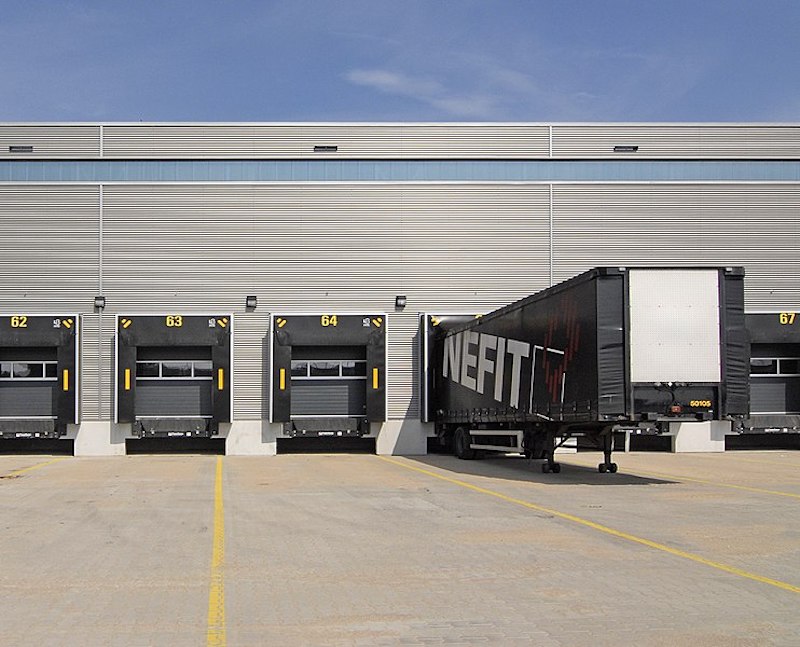
Why Loading Dock Leveler Maintenance is Important for Your Business
Out of all things you must do during the working day to keep your business running like a well-oiled machine, dock leveler maintenance is likely at the bottom of your list.
Vehicles load and unload their goods without issue, so you may not believe there’s any reason to mess with something that’s working just fine.
However, there may come a time when things aren’t running smoothly, and by that point, you may end up with hefty bills to fix any issues. Before that happens, you can learn about the importance of maintenance for your loading docks below.
To Create a Safe Working Environment
When you order new dock leveler parts from suppliers like PartsBrite.com, you are investing in a safer working environment for your employees and contractors. All it takes is for one malfunctioning part to fail at the wrong time, and you may be putting your team at risk of serious injuries.
Failing or broken parts can also damage other parts of your loading docks, with the resultant flow-on effect posing a potential health and safety risk. A simple inspection of your dock leveler on a set schedule can mean you’re able to replace parts that look under stress long before they fail.
It’s also worth noting that you can purchase specific safety components for your dock leveler. For example, long door barrier kits can offer overhead protection, while dock barrier chains and guards stop delivery vehicles from ending up where they shouldn’t be.
To Save Money
It may seem counterproductive to spend money if your goal is to save it. However, maintaining your dock leveler and your loading docks can actually end up saving you a great deal.
Minor problems can quickly become large ones if maintenance is not carried out regularly. What may have been a small, defective part with an easy fix could soon shut down your operation, affect productivity, and cost you thousands of dollars.
For Energy Efficiency
Even if you don’t think your company’s energy bills are astronomical, you may be surprised at how energy efficient your loading warehouses can become with maintenance and upgrades.
For example, vertical dock levelers with overhead loading dock door seals are far more efficient than mechanical dock levelers. Because the seals close flush with the floor of the loading dock, your warehouse can maintain a consistent temperature that improves overall energy efficiency.
Given that more effort is put into energy efficiency now than ever before, it makes sense to make small changes that could significantly impact your business and the environment.
To Comply With OSHA Standards
If you haven’t looked at the current OSHA regulations put in place in 2017, then there’s a risk that your current loading dock leveler setup no longer complies. These regulations indicate that all loading dock areas must have barriers on dockboards to prevent forklifts from falling over the ledge of the loading dock.
This change could be the first of many. The more attention you give to your loading dock leveler, the more likely it could be that you comply with all regulations.
How to Choose a New Loading Dock Leveler
If maintenance hasn’t been your priority over the years, you may find yourself with a dock leveler that’s now beyond repair. In that case, replacement is now more important than maintenance.
To choose a new one, consider what will suit your needs the best. An air-powered dock leveler is ideal for warehouses due to its simplicity, reliability, and affordability. They also have very few moving parts and require minimal maintenance.
However, if your place of business receives high volumes of loads and unloads, a hydraulic dock leveler may be a better option. They’re robust and can handle large quantities of goods.
For warehouses that lack a power supply, mechanical dock levelers may be your preferred choice. Rather than rely on electricity, you can operate them with a pull chain or spring.
Before you decide, consider the space you have to work with, the type of loads your docks see, and how trucks are generally loaded and unloaded – such as with a forklift or pallet jack. Your dimensions are also critical, as you will likely need to operate with a wide variety of truck beds and trucks with features such as low-profile tires and air ride suspension.
Most importantly, your new loading dock leveler also needs to comply with OSHA standards, as mentioned above. This means it will need to come with all the necessary safety features.
Even if maintenance doesn’t seem necessary when everything is going well, it’s essential to factor it into your regular working schedule. Otherwise, you may need to consider an upgrade sooner rather than later.
